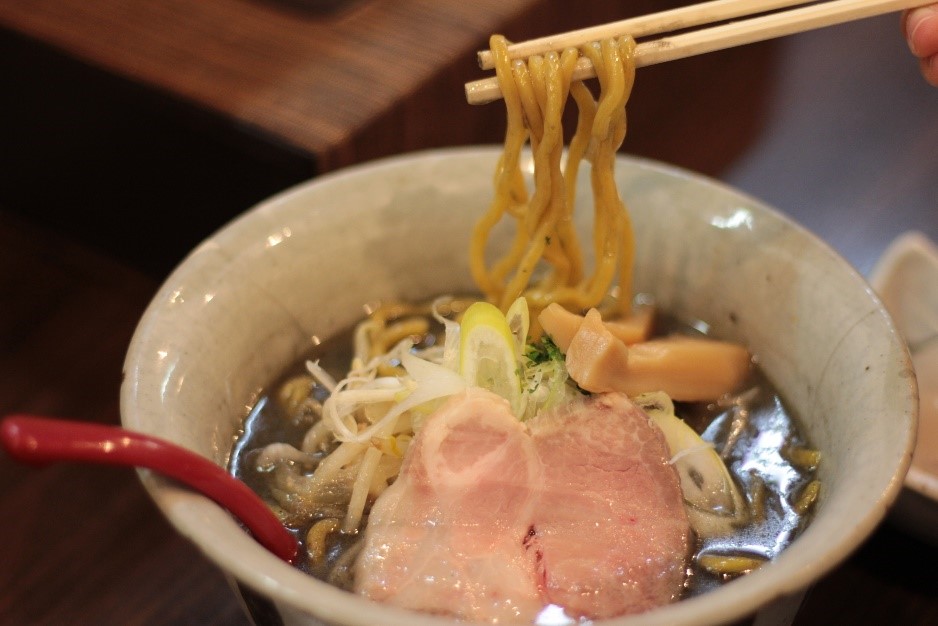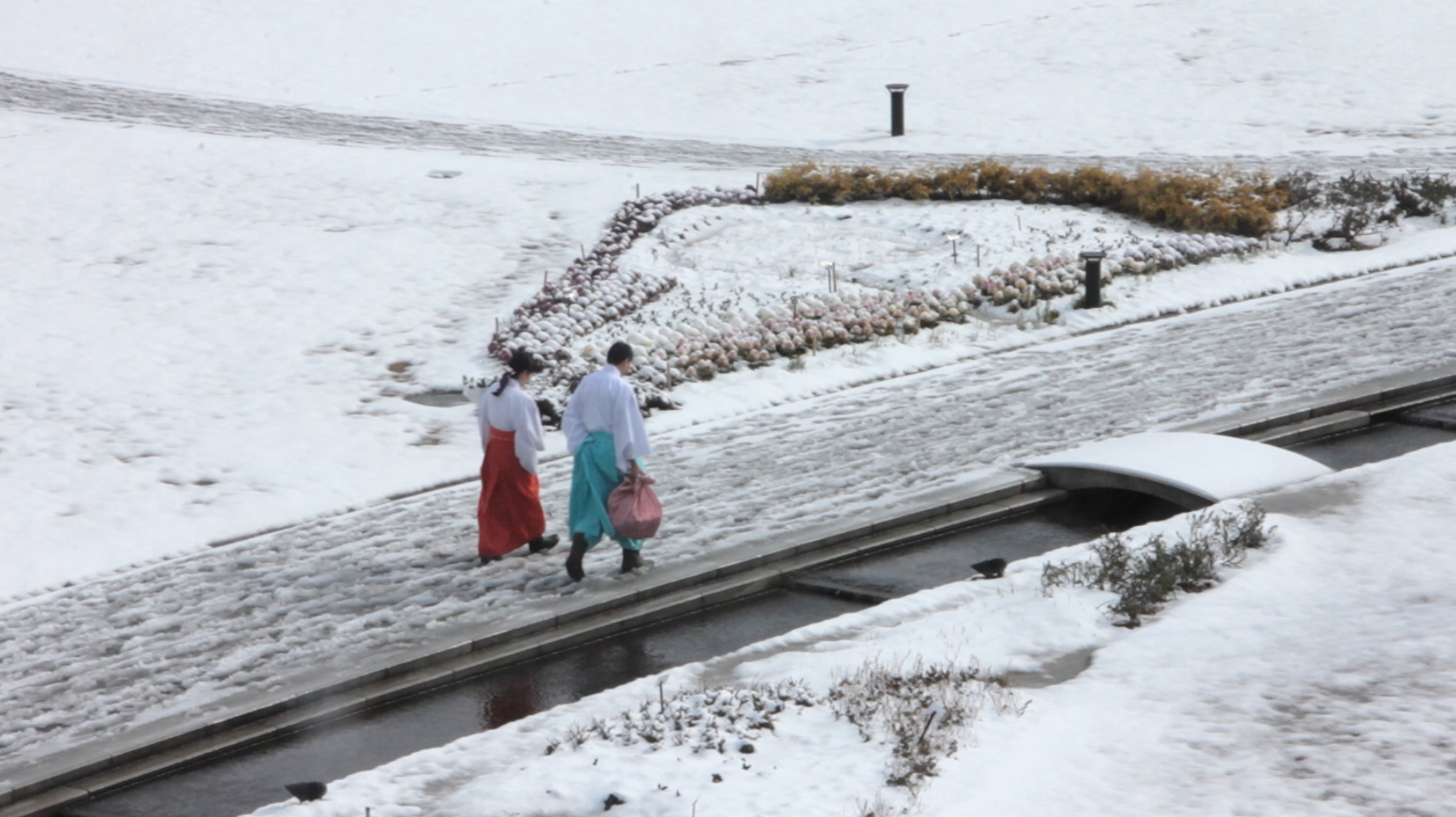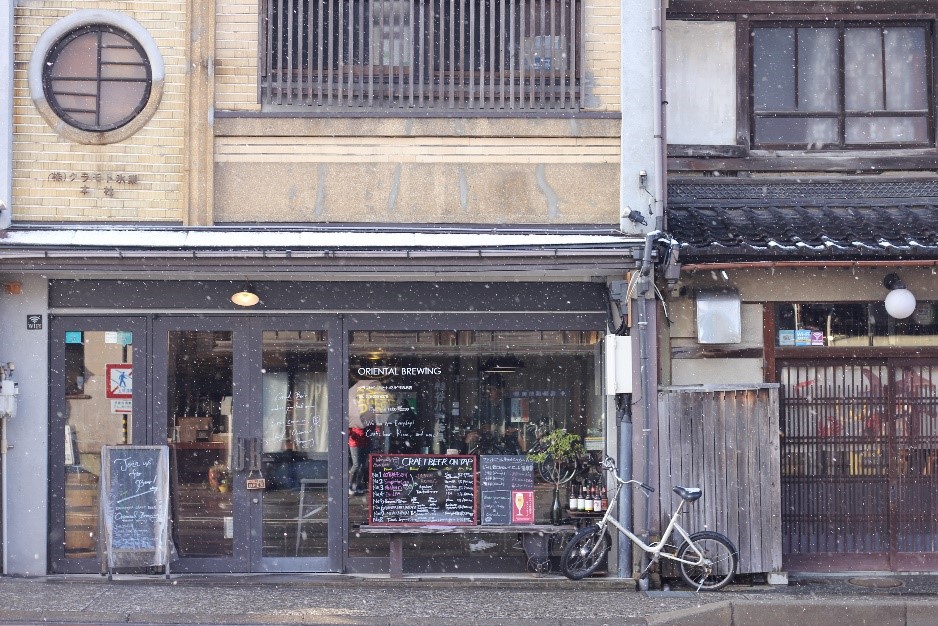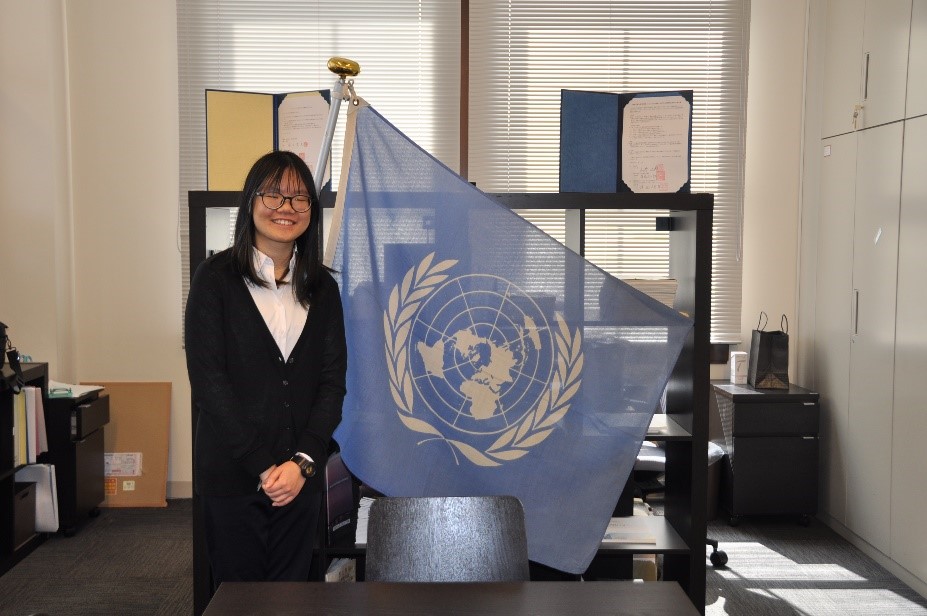Talking about local vegetable conservation, what would be the first solution that come to your mind? Artificial fertilization? Collecting seed?
How about distributing local recipe?
Kanazawa took a fresh approach of promoting Kaga cuisine – local food that incorporates seasonal local vegetable. When people know how to cook the vegetables into delicious meal, its position is shifted from species at risk of disappearing to valuable ingredients on demand. Hence, both biological and cultural diversity, jointly referred to as biocultural diversity, of Kanazawa stay alive and thrive.

United Nations University, Institute of Advanced Study, Operating Unit Ishikawa Kanazawa (UNU-IAS, OUIK) is a unique organization that bridges together academic knowledge from global institute – UNU and social insights from local government – Ishikawa prefecture and Kanazawa city. The office is on the third floor of Shiinoki Cultural Complex among Kanazawa castle, Kenrokuen garden, 21st Century museum and more. The office is relatively small, mainly hosting five wonderful staffs and welcoming occasional guests – governors and civil servants from the city office to discuss new policy, professors from nearby university to conduct cooperated researches, local NGOs and many more.

Every morning, during my three months as an intern at OUIK (December 2019 – March 2020), I took 20 minute walk through Omi-cho fish market (famous fish market in Kanazawa), bought some fruits from old lady at the market stall, continued along the city’s not-so-busy main road, though small garden, then advanced to my desk and started my work next to big windows opened to the view of Kanazawa castle’s wall.

My internship at OUIK started with a pile of books and other materials related to OUIK’s activities. By going through those materials, I got deeper understanding on biocultural diversity of the area.
After that, by participating as a staff in “Hokuriku SDGs stakeholder meeting 2019” and “SDGs café #9 – Kanazawa transportation in 2030”, I learned about participatory policy making. I found Kanazawa citizens very active and opinionated. I guessed they obtained this trait because they can see that their effort got recognized as Kanazawa got designated as UNESCO creative city. The stakeholder meeting was operated by various stakeholders with university students as staffs. Participants got to create an imaginary persona, then vision how his or her life might change corresponding to the city’s development. This way, they got to feel the importance of policy first handed. At the end of the session, adults’ idea was reviewed by those who will grow up with the city under their policy – the children.

My main contributions are producing new look of OUIK website including blogs extracted from booklet’s chapter to boost online access and promotion video on Japanese garden research project. This video aim to communicate to the audiences how Japanese garden helps sustaining nature in the city regardless of the barrier.

Just getting to live in a different Japanese city is already extraordinary. Rainy and snowy Kanazawa made me realize how precious a sunny day, which I took for grant in Tokyo, is. A restaurant owner on the second floor of Omi-cho fish market told me that local fish shops are getting replaced by shops that sell expensive fish to tourists as the rent gets too high. The main road occupied by hotels contrasting narrow messy alleys with old houses signals that capitalist tourism is creeping into this quiet city. While well-conserved Kenrokuen garden with English signboard everywhere persists that culture can still stand side by side with the development. Modern designed benches made with local wood used in ship building can be spotted around the city cultural landmark. Within three months, I dare to say that I fell in love with this peaceful city with rich background.

This internship experience lights up my career path as a researcher as I got to join team meeting and see the whole progress from creating research proposal, writing report to communicate their outcome and reaching out to public. Since my interest falls between science communication and community-related research, I witnessed how both interests meet in real situation and got highly motivated. This opportunity to be in the city that is rich in biocultural diversity and surrounded by inspiring talented people made me grow in many ways.

AOM-